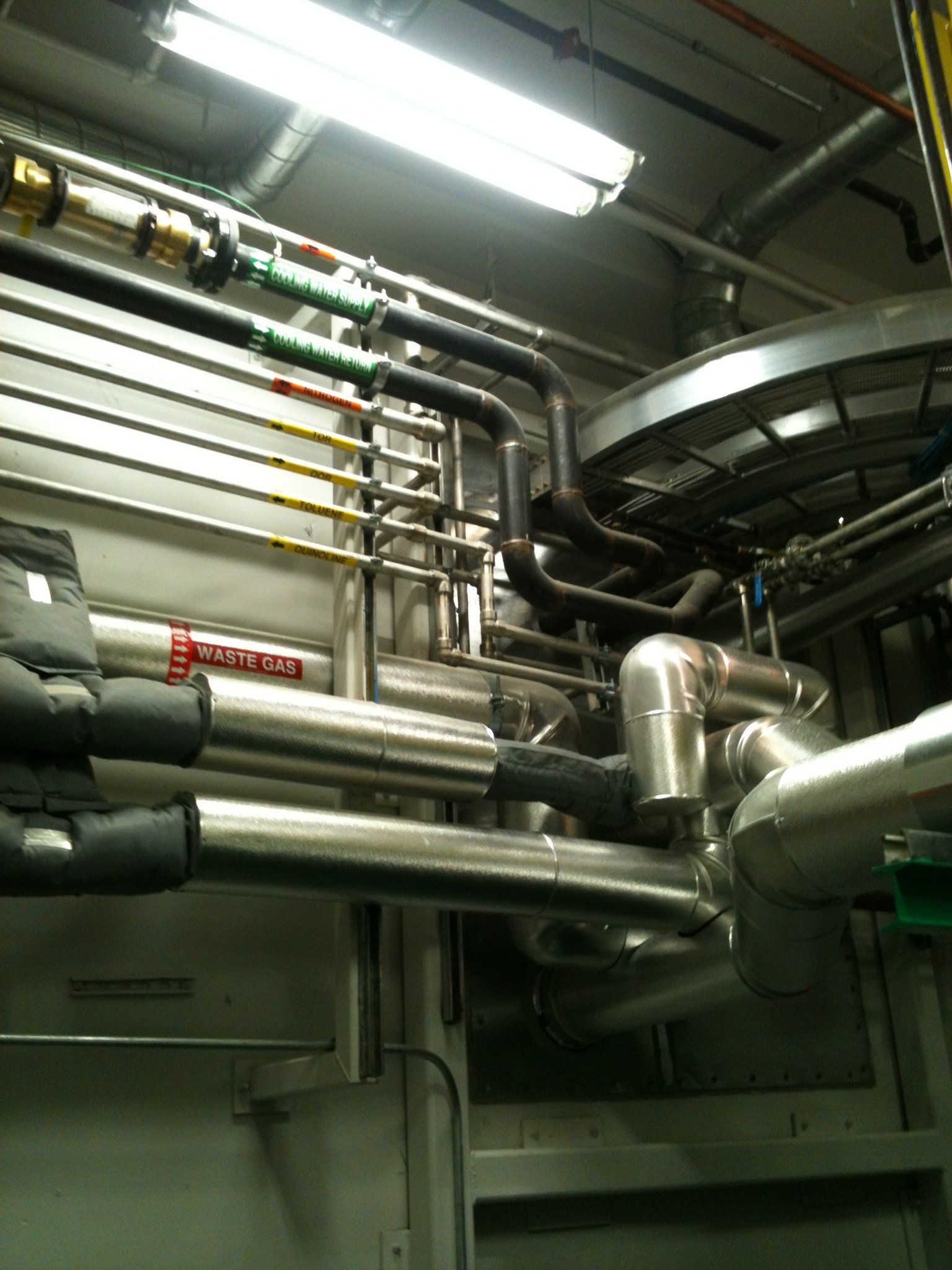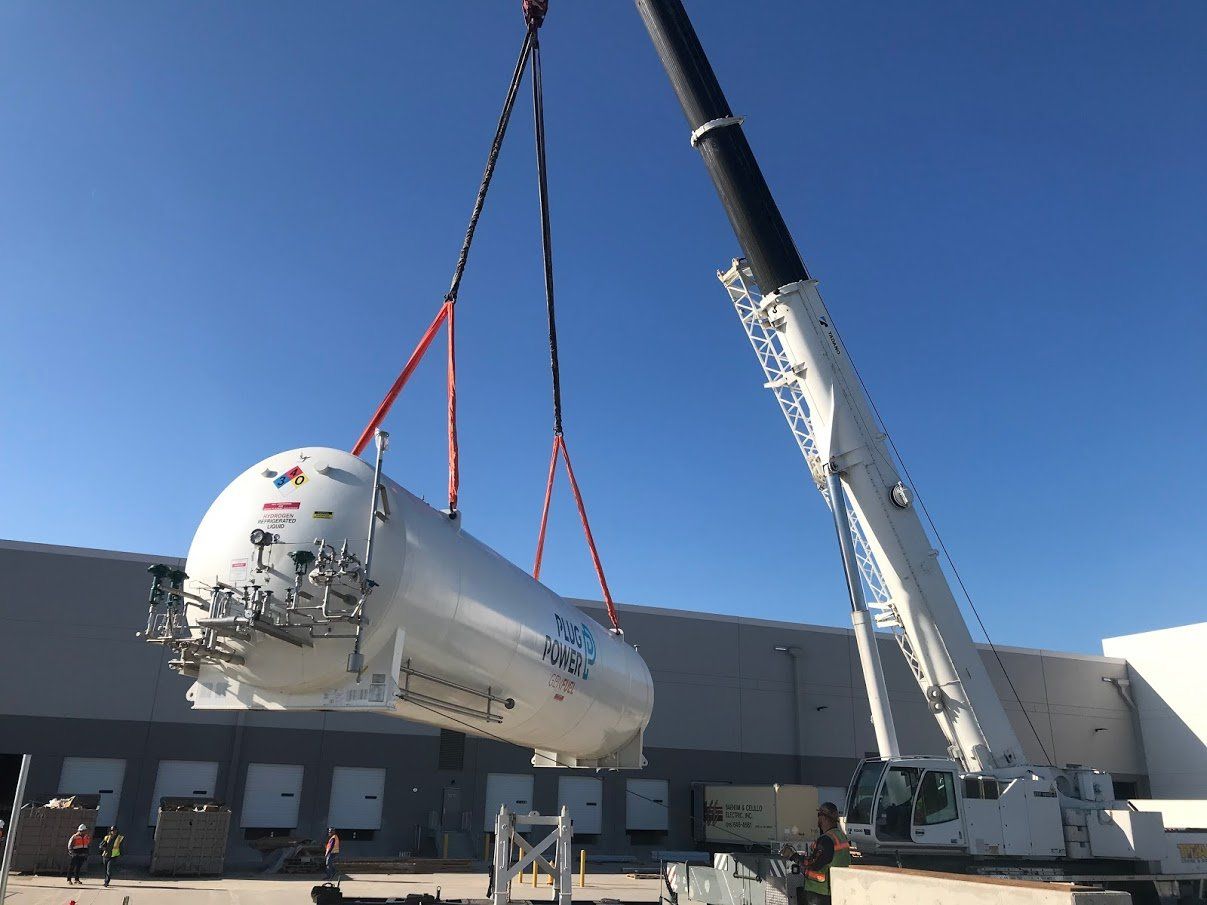Blog Layout
Alternative Energy- Geothermal Plants
Yvonne Masloski • Nov 15, 2020
The "forgotten" renewable energy...
Often referred to as “the forgotten” renewable energy, geothermal energy sources around the world are only being utilized for only a fraction of their potential output. Using the heat that is naturally stored in the earth's crust, geothermal plants are usually placed along the faults between the earth's tectonic plates. It is in these active seismic areas where large reservoirs of steam and hydrothermal fluid lay trapped underneath. To produce power wells are dug, sometimes one mile deep, to access these underground reservoirs of steam and hot water. The steam, or heat from the underground fluids, is used to drive turbines connected to electricity generators.
There are three different types of geothermal plants: dry steam, flash plants, and binary plants. Dry steam, the oldest geothermal technology, takes steam directly from the ground to turn the turbines above. Flash plants spray high pressure hydrothermal fluids into low pressure water systems to “flash” or vaporize the fluid, the vapor then dries the turbines. According to the California Energy Commission most geothermal areas contain moderate-temperature water, below 400F. In Binary systems hot water from the reservoirs and a secondary liquid fluid with a much lower boiling point than water pass through a heat exchanger. The heat from the water causes the second fluid to flash, which in turn drives the turbines. Power-technology.com states that the United States is the largest producer of geothermal energy in the world. Due to its location-specific nature geothermal plants can only be placed in a few countries worldwide. The short list includes Iceland, who has been using geothermal power since 1907, and produces 25% of its power from geothermal sources!
In 2018 NS Energy reported that there was a total installed geothermal capacity of more than 14,000 megawatts (MW). Other countries currently utilizing the underground energy source are Indonesia, Philippines, Turkey, New Zealand, MExico, and Italy. The United States is still the leading producer of geothermal energy, with a yearly production of 16.7 billion kilowatt hours (kwH). The country's massive output is mostly due to California’s huge geothermal complex, aptly named, “The Geysers”. The complex draws power from a thermal field greater than 45 square miles, and contains twenty-two separate geothermal plants that supply power to the surrounding counties. First studied in 1922, the Geysers didn’t come online as a commercial power plant until after 1960. Today 19 of the 22 facilities are still actively producing power.
In the past decade there has been an uptick in interest when it comes to geothermal energy production. The U.S. federal government created the FORGE initiative to explore enhanced geothermal Systems. It is essentially a 140 million dollar investment into geothermal research and development. One of the sites where their research is focused is next to the Salton Sea in Southern California. Not only is the Coachella valley location going to be an energy plant, but a bill recently sponsored by Eduardo Garcia, D- Coachella, was signed into law which created the “Blue Ribbon Commission of Lithium Extraction in California”. This commission’s goal is to research into the area around the Salton Sea facility and learn more about the possibility of lithium extraction in the region. If the research proves to be fruitful, this could mean a boost for Californias’ green energy economy; lithium is an important material used in the production of solar farms. Already a nation-wide leader for renewable energy sources, and now with the utilization of another large geothermal source, California will ultimately reach 100% clean energy by 2030. If California utilized all of its renewable energy sources it could potentially generate 16% of the nations total energy output from green energy alone.
It sounds great, but like most things there are a list of cons as well. Even though geothermal facilities produce little to no CO₂, they have been linked to other toxic emissions like sulfur dioxide and hydrogen sulfide. Other criticisms include its high initial start up costs, and its likeness to fracking, which has been linked to mini tremors in the area geothermal plants operate. These can be especially worrisome since geothermal plants are almost always installed in areas that are already seismically active. Without a significant leap in technology, it is not likely that geothermal energy production will become a worldwide energy option.

By Brittany Masloski
•
05 Sep, 2020
As the world shifts its attention towards more sustainable sources of energy, the opportunities to install alternative energy systems are boundless! With more research and funding being diverted to alternative fuel there are many options other than fossil fuels to power residences, and industry. One of the most popular alternative energy sources that is used around the world is biogas. A biogas digester operates on the same principle as composting. Organic matter, or waste, goes in; nutrient rich byproducts and usable fuel comes out. The gas that is produced through this process is a waste-free energy source! Now more than ever, people are using biogas to heat their homes, and cook their food. Nonprofit organizations like Solar CITIES work overseas to bring biogas education to communities around the world, and help small rural areas move away from non-renewable energy sources. For industrial uses, the same process happens, but on a much larger scale. Biogas plants can be utilized by many different industries as a means of waste management. Waste from a myriad of different industires can be converted into efficient, usable fuel. In September 2016, then Governor Jerry Brown, signed into law SB 1383. A statue with the aim of reducing short-lived climate pollutants in various sectors of California industry. In order to reach the emissions goals set by SB 1383, 27 million tons of food waste need to be diverted from landfills by 2025. At least 18 million tons should be processed at composting, and biogas digestions sites. Currently as it stands in California, we have the infrastructure to process 10 million of those 18 million tons. The market for clean energy jobs keeps growing every year! As a company that has been supporting California industry for over 30 years, Maintech is proud to put our knowledge and expertise behind clean energy initiatives. Especially if they involve piping!

31 Aug, 2020
Take a look around you. Almost every manufactured item in the room has involved the use of process piping in at least one stage of its production. Whether its transporting acid, cooling liquid, or biogas, process piping, and the pieces of equipment that accompany it, are vital to many different production processes. You even have a type of process piping right inside your home; the plumbing! However there are many technical reasons that actually make the installation and regulation of process piping, and plumbing, very different. The codes and standards that apply to plumbing are very different from those that apply to process piping. Manufacturers generally have more leeway with the types of materials they are allowed to use, while residential plumping has very strict codes on the types of materials that are acceptable. For industrial manufacturing there are thousands of different uses for piping, it all depends on the process, and what is required of the system that is being installed. The pipes used for a Biogas Digester are going to meet very different qualifications than the pipes being used in an industrial laundry. The project managers at Maintech have the experience of working in many different manufacturing environments, so they are familiar with examining the many different factors that accompany each unique process piping system. It’s important to take into account things like viscosity, erosion, and ease of cleaning before selecting the best materials to use for an industrial manufacturing project!
©Maintech Resources Incorporated
